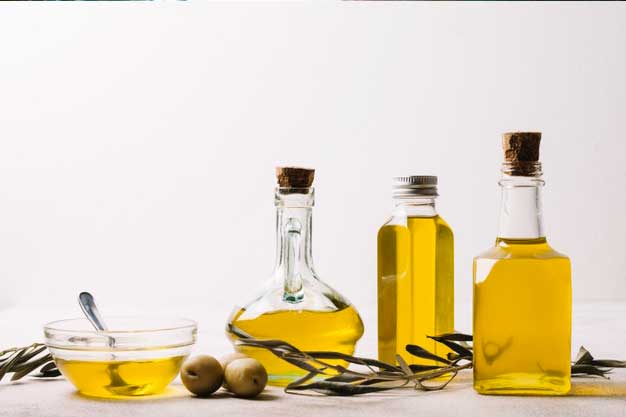News
OLIVE OIL CLASSIFICATION
Olive oil is the liquid extracted from the fruits of the Olive tree: the olives. It is also the healthiest edible vegetable fat and the only one that can be consumed as olive juice, as the rest of oils (sunflower, soybean, rapeseed, etc.) need to be refined, meaning they undergo a series of aggressive processes involving numerous chemical products. As it is well known in a large part of our planet, Extra Virgin Olive Oil is the essence of the Mediterranean diet: fresh juice from healthy olives with endless uses and health properties.
Do we know all the existing varieties?
There are multiple varieties and qualities of Olive Oil, and
its classification and identification are not completely clarified, as it is
sometimes done by nomenclature and other times by the qualities described on
the label of the container.
Thus, the different types of Olive Oil are classified based
on their variety, quality, acidity level, extraction methods, and sensory
characteristics, such as taste, smell, and color.
Classification based on commercialization
The first approach to the types of Olive Oil that we will
discuss in this article will be from the point of view of commercialization. In
this sense, the oils that we can find in our usual point of purchase are as
follows:
· Extra Virgin Olive Oil
· Virgin Olive Oil
· Olive Oil (blend of refined olive oil and virgin olive
oil)
· Olive Pomace Oil (blend of refined pomace oil and virgin
olive oil).
This classification corresponds to the four commercial
categories of Olive Oil recognized in the legislation of the European Union (CE
Regulation 1019/2002). It is worth noting that refined Olive Oil and Refined
Olive Pomace Oil are not marketed as such; they are blended with a small
percentage of virgin olive oil.
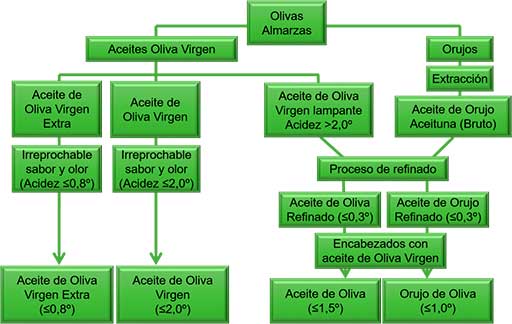
Diagram of https://www.aceitedeoliva.com
It is important to emphasize that the term 'Virgin' can only
be used for oil obtained from the fruit of the olive tree (the olive) solely
through mechanical processes such as cleaning, washing, grinding, and other
physical procedures like tempering, centrifugation, decantation, and
filtration. It is a fruit juice that does not require any chemical treatment to
be consumed and retains all its components, including aroma, flavor, vitamins,
and nutrients naturally. It is also worth noting that to ensure the quality of
the oils, they must pass various physical, chemical, and sensory analyses.
Extra Virgin Olive Oil
Extra Virgin Olive Oil is a top-grade oil obtained directly
from olives solely by mechanical means. Therefore, it is olive juice that has
not had any substances added to it afterwards, making it a completely natural
product. The quality of the raw material and the production conditions are such
that it results in high-quality olive oil with excellent properties.
Additionally, in order to guarantee the quality of Extra Virgin Olive Oil, it
must meet certain parameters:

This type of oil, also known as Aove, is a juice of the
highest quality oil and can be found in the market at a slightly higher value,
not only in price but also in terms of health, flavor, authenticity, aromas,
and delicacy. Currently, only a small part of Olive Oil production holds the
distinction of Extra Virgin.
Extra Virgin Olive Oil consists of a wide range of olive
varieties, from single-varietals to blends, making this product a universe of
sensations waiting to be explored.
To this day, we know of more than 1900 olive varieties
worldwide, with 470 found in Spain, 644 in Italy, and 46 in Greece, among
others. Each of these varieties produces a juice or Extra Virgin Olive Oil with
different organoleptic characteristics.
Virgin Olive Oil
Like Extra Virgin Olive Oil, it is extracted directly from
the olive only through mechanical processes. However, it loses the
"Extra" label when a loss of quality is detected due to defects in
the olives or in the production process. Therefore, this type of olive oil may
present some defects in tasting, and its acidity should not exceed 2 degrees.
It is usually produced in the last weeks of harvesting, using very ripe olives
that have been exposed to adverse conditions, such as frost. This type of Olive
Oil is ideal for use in frying processes or for making certain sauces.

Virgin Lampante Olive Oil
Virgin Lampante Olive Oil is an Olive Oil with defective
taste or whose free acidity expressed as oleic acid is higher than 2 grams per
100 grams. Its analytical characteristics may also conform to those established
for this category.
This type of oil is the result of using olives that have
fallen to the ground due to climatic damage or diseases, and it exhibits poor
organoleptic qualities and an acidity level that exceeds 2 degrees. Therefore,
it is not advisable for human consumption and is not sold as it is. Its destination
is oil refineries where it is transformed into refined oil through very
aggressive chemical and physical processes.

Refined Olive Oil
It is obtained when Virgin Lampante Olive Oil undergoes a
refining process through very aggressive and drastic chemical and physical
procedures to eliminate all unwanted components of acidity, odor, and flavor.
The resulting liquid is a type of Olive Oil almost devoid of taste, odor, and
color, known as Refined Olive Oil.

Olive Oil
According to the aforementioned regulation, this
denomination applies to an oil composed of a blend of refined Olive Oils topped
with Virgin Olive Oils to enhance its organoleptic characteristics.

Olive Pomace Oil
It is obtained from the pomace of the olive, which is a
by-product resulting from the production of Olive Oil. It is composed of pulp,
skin, and pit, along with traces of oil, making it the residue of the olive
once Olive Oil has been extracted by mechanical means. This pomace is taken to
factories called "oruja" mills where, through processes involving
drying and extraction with solvent (hexane), a crude oil called pomace oil is
obtained. This oil is not suitable for consumption and requires a refining
process through very aggressive and drastic chemical and physical procedures to
eliminate all unwanted components and turn it into refined pomace oil. Refined
Pomace Oil is an oil devoid of taste, odor, and color. This oil is mixed with
small percentages of virgin olive oil with strong flavors and aromas and is
marketed under the name of Olive Pomace Oil. It must have an acidity level not
exceeding 1%.
MOST IMPORTANT OLIVE AND AOVE VARIETIES IN SPAIN (There are
as many AOVEs as there are olive varieties.)
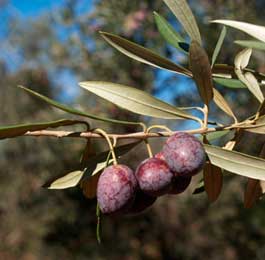
Variety PICUAL. Its oil has a main characteristic of high bitterness, and if the oil is young, it is also known for its spiciness. It is a powerful-bodied oil, which may be rejected by people not accustomed to consuming olive oil. It is highly resistant to oxidation.
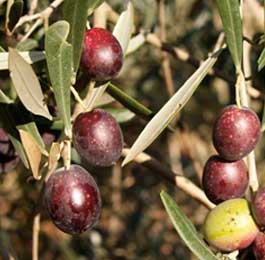
Variety HOJIBLANCA. Its oil has a medium bitterness, less than the picual variety.
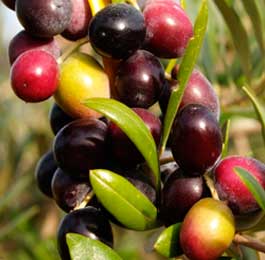
Variety ARBEQUINO. Its oil has low bitterness and spiciness. Suitable for beginners in extra virgin olive oil.
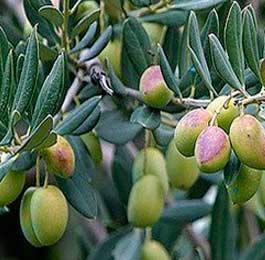
Variety PICUDO or CARRASQUEÑO. Its oil has low bitterness.
